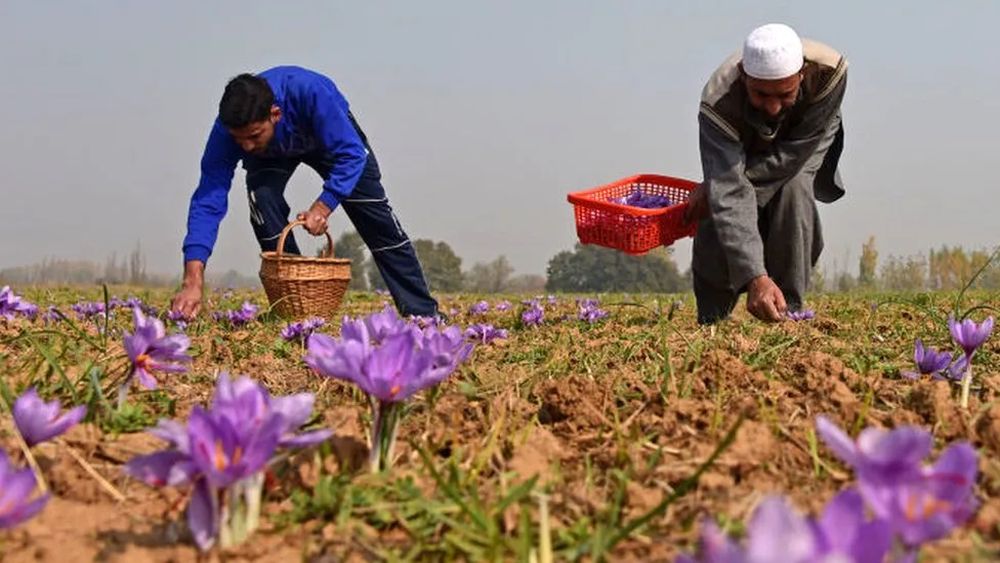India, with its diverse climate and rich agricultural heritage, has emerged as a significant player in the global saffron market. Saffron, often referred to as the “red gold,” is primarily cultivated in the northern region of Jammu and Kashmir. The unique geographical conditions, including the high-altitude terrain and well-drained soil, provide an ideal environment for the cultivation of saffron. The cultivation of saffron in India has a rich history, dating back centuries, and it continues to be a vital part of the agricultural landscape. The vibrant purple flowers of the Crocus sativus plant not only add aesthetic beauty to the region but also contribute significantly to the economic prosperity of local communities.

Economic and Cultural Importance of Indian Saffron Production. The economic importance of saffron production in India cannot be overstated. Saffron is one of the most expensive spices globally, and India’s contribution to its production plays a crucial role in meeting global demand. The cultivation of saffron has not only become a source of livelihood for many farmers in the region but has also opened avenues for export, boosting the country’s economy. Additionally, saffron holds cultural significance in India, finding its place in various traditional cuisines, religious ceremonies, and even in the textile industry, where it is used for dyeing fabrics. The vibrant hue and distinct flavor of Indian saffron make it a prized commodity both domestically and internationally.

Challenges and Future Prospects of Saffron Farming in India. Despite its economic and cultural significance, saffron farming in India faces challenges that threaten its sustainability. Climate change, fluctuating temperatures, and water scarcity pose risks to the delicate saffron crop. Additionally, the labor-intensive nature of saffron cultivation requires skilled workers, and there is a need for modernization and technological interventions to enhance efficiency. To secure the future of saffron production in India, there is a growing emphasis on research and development, including the introduction of innovative farming practices. With sustainable agricultural practices and technological advancements, the Indian saffron industry can not only overcome its current challenges but also thrive, ensuring the continued supply of this precious spice to the world.


